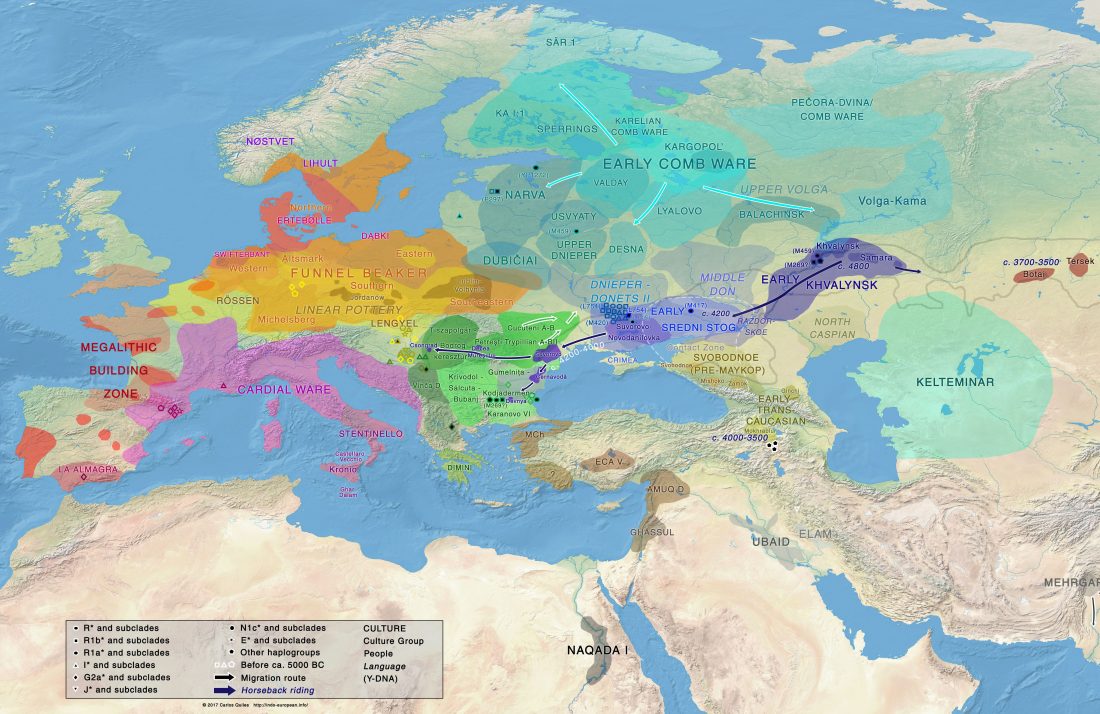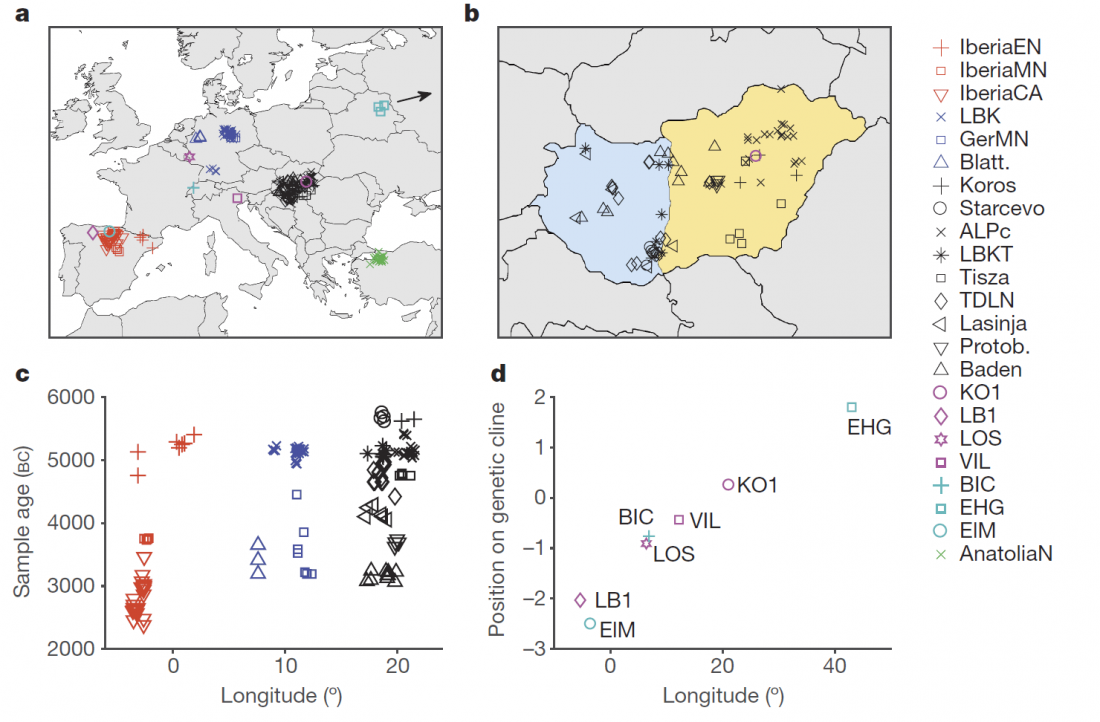New insights on cultural dualism and population structure in the Middle Neolithic Funnel Beaker culture on the island of Gotland, by Fraser et al., in Journal of Archaeological Science: Reports (2017).
Abstract (emphasis mine):
… Read the rest “Coexistence of two different populations in Gotland during the Middle Neolithic”In recent years it has been shown that the Neolithization of Europe was partly driven by migration of farming groups admixing with local hunter-gatherer groups as they dispersed across the continent. However, little research has been done on the cultural duality of contemporaneous foragers and farming populations in the same region. Here we investigate the demographic history of the Funnel Beaker culture [Trichterbecherkultur or TRB,

